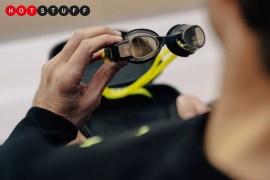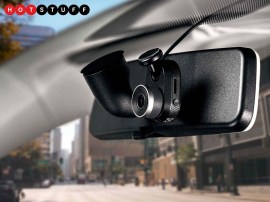Garmin HUD (Head-Up Display) review
The Garmin HUD can turn any driver into a fighter pilot. Sort of.
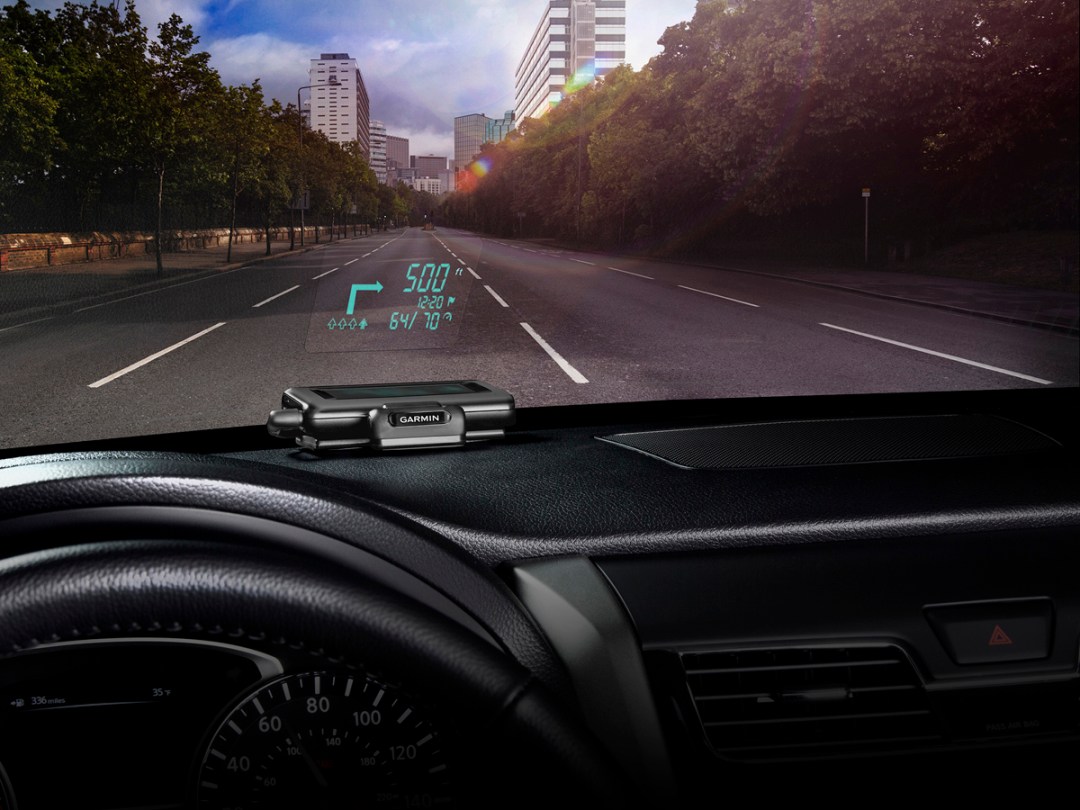
Clutter will be the death of you, driver, be it physical detritus ranged around your cockpit or mental chaff rattling about in your brainbox.
The Garmin HUD aims to reduce the amount of possible distractions to your hazard-spotting eyes by aping the heads-up displays of aeroplanes and a handful of very posh cars. A noble aim, and a geeky one, too, but does it really de-distractify your drive, or does it serve only to add another box to the mess of Happy Meal containers on your dashboard?
What the deuce?
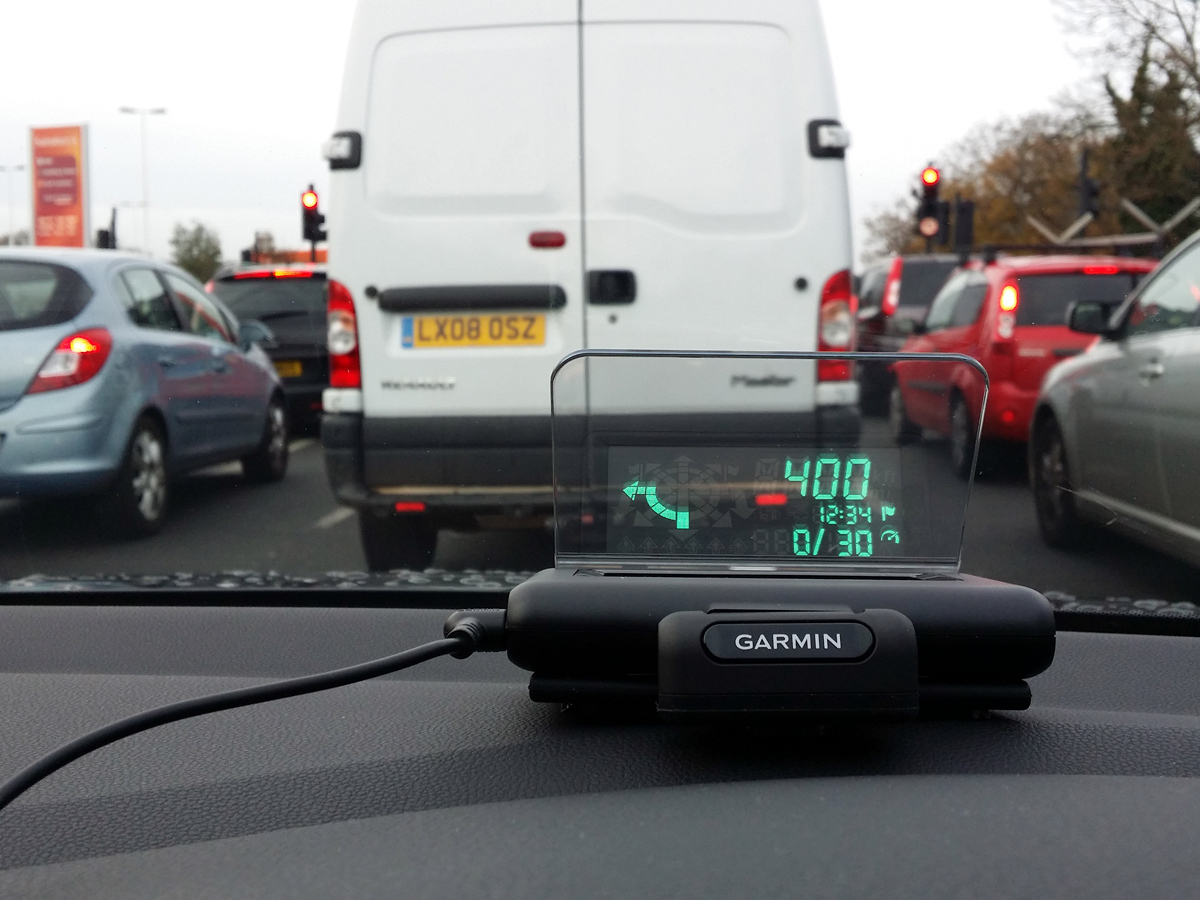
The HUD is a sat-nav sized box that lies flat on your dashboard, projecting it’s duochromatic data on to its own clip-on plastic screen or an adhesive reflective panel that sticks to your windscreen.
CHECK OUT OUR FULL GARMIN HUD GALLERY HERE
It holds its position, not by any physical or sucker attachment, but simply with gecko-like tenacity – it has a squidgy, grippy mat on the base. Providing you have a suitably flat dashboard area on which to place it, no further faffing is necessary.
In our entirely scientific experimentation (and on private roads, natch) we only managed to get it to move slightly by throwing our vehicle into such furious motion that we were apt to think less of navigation and more of survival.
Don’t blame the messenger
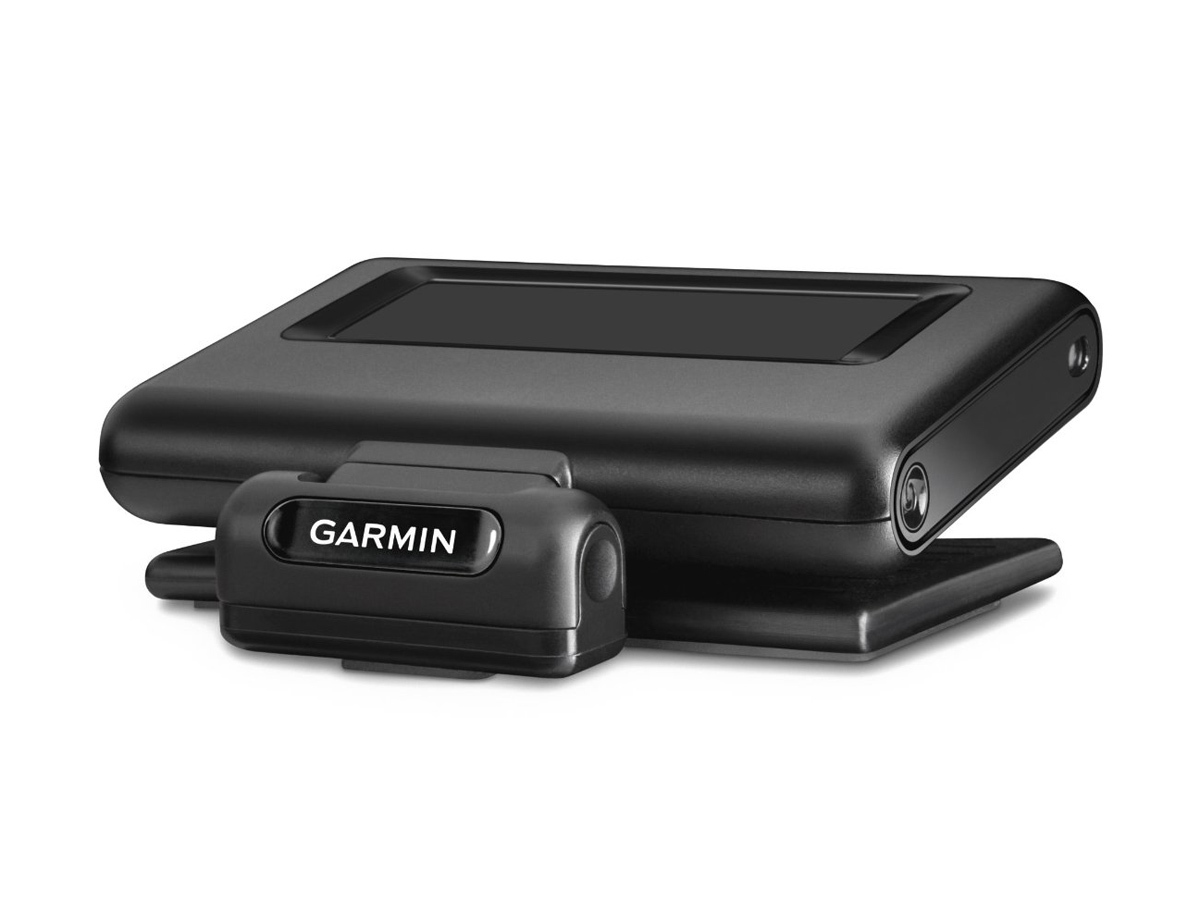
On the subject of navigation, the Garmin HUD is only a display. For a GPS fix, mapping and navigation it looks to Bluetooth and a connection to apps on your smartphone, either Garmin Streetpilot (iOS, £32) or Navigon (iOS, Android, Windows Phone, from £22.75). Voice directions will also be handled by your smartphone, not the HUD.
It is, truly, only a display – albeit one that manages to show a multitude of simplified green information: turn arrows; roundabout exits; lane guidance; speed and speed limit; time of day; and distance to next turn. Plus, in its second red colour, speed camera warnings. All – dashboard design willing – in your line of sight, yet without fully obscuring anything behind it. Clever stuff.
Garmin HUD tech specs
Screen – 2-colour vacuum fluorescent display
Power – 12v car socket with additional USB charger port
Size – 10.8 x 8.8 x 1.9cm
Weight – 277g
Clutter: discuss
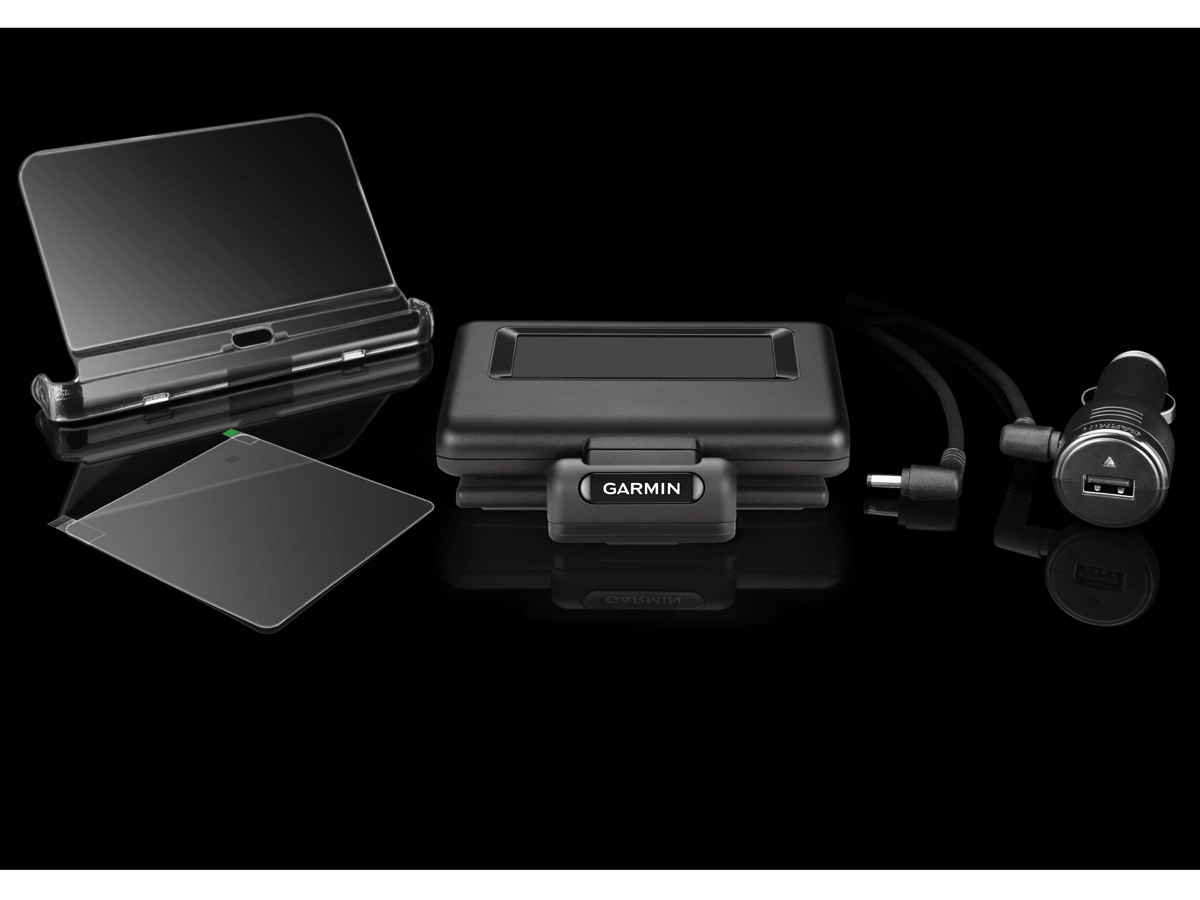
Those with powerful imaginations will already have foreseen the drawback of the Garmin HUD: it aims to simplify your vehicular existence, yet actually creates complication.
Despite it’s power cable having a USB output to charge your phone, you’re still looking at getting the HUD and your smartphone and an app and a Bluetooth connection up-and-running before you can get going.
Connection is fairly seamless, as you’d expect, but once the novelty has worn off are you really going to be bothered to set the whole kit and caboodle up every trip? Surely if you’re plugging in your smartphone anyway, just whack that in a cradle and use it solo?
Verdict
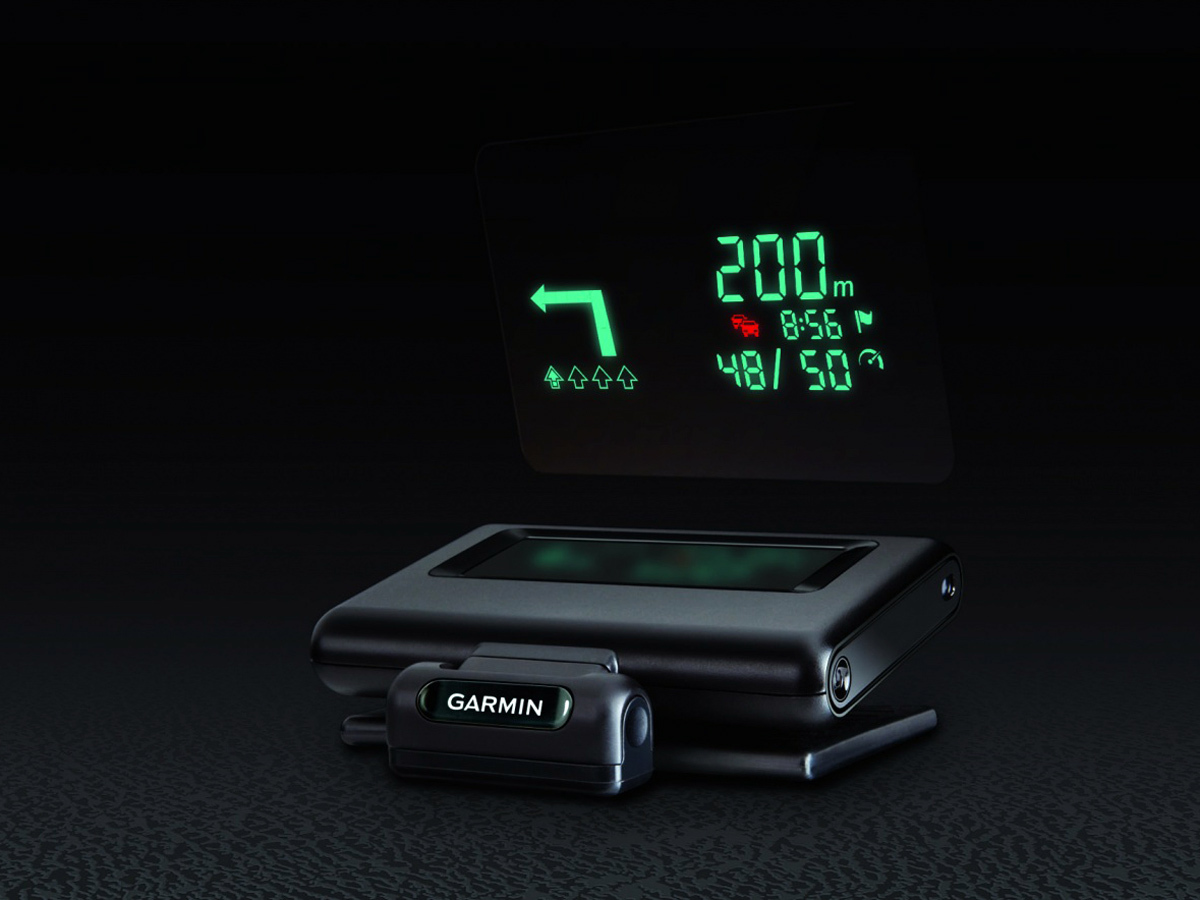
Set up and profiled properly, as befits a Stuff-reading geek-cogniscent, a smartphone shouldn’t prove any more of a distraction than the HUD. And you’ve saved yourself £130 into the deal, and reduced the clutter in your cockpit instead of increasing it.

